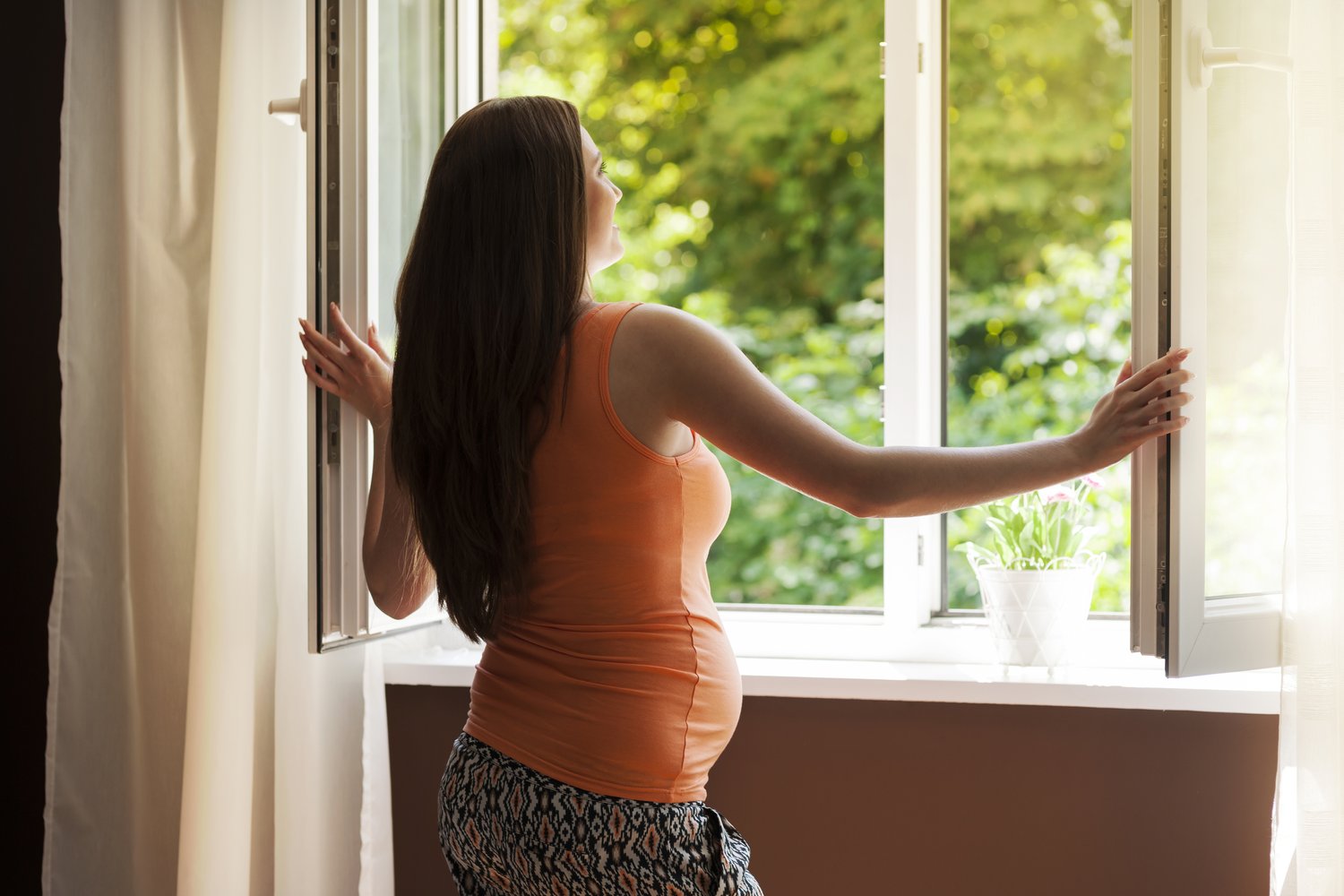When shopping for new windows, understanding energy efficiency ratings can help you make the best choice for your home’s comfort and utility bills. Energy-efficient windows can reduce heat loss in winter and heat gain in summer, potentially saving you hundreds of dollars annually on heating and cooling costs. This article explains the key energy ratings on window labels, including U-factor and Solar Heat Gain Coefficient (SHGC). It features low-E coatings and gas fills that contribute to window performance.
Understanding NFRC Labels
The National Fenestration Rating Council (NFRC) label is your window shopping cheat sheet. Every energy efficient window carries this standardized label, which provides performance ratings in several categories. U-factor and Solar Heat Gain Coefficient (SHGC) are the most important ratings. The U-factor measures how well a window prevents heat from escaping your home, with lower numbers indicating better insulation properties. In colder climates, windows with low U-factor ratings are valuable for keeping heating costs down. Most energy-efficient windows have U-factors between 0.20 and 0.40, with the lowest values representing the best performance.
The SHGC measures how much solar radiation passes through the window, which indicates how much heat from sunlight enters your home. You’ll want windows with a lower SHGC in hot, sunny climates to minimize cooling costs. A higher SHGC might benefit from passive solar heating during winter in colder regions. Understanding these two critical ratings helps you select windows optimized for your specific climate and home orientation.
ENERGY STAR Windows: Simplified Selection
The ENERGY STAR program provides a trustworthy shortcut for homeowners who prefer a more straightforward approach to selecting energy-efficient windows. ENERGY STAR windows meet strict energy efficiency guidelines established by the U.S. Environmental Protection Agency (EPA). These windows must meet minimum performance criteria that vary by climate zone, ensuring they’re appropriate for your location. When you see the ENERGY STAR label on windows, you can feel confident that they’ll deliver meaningful energy savings compared to conventional models.
Energy Star windows typically exceed minimum building code requirements, often by 15-40% in energy performance. By choosing ENERGY STAR-certified products, you not only save on energy costs but may also qualify for tax credits or utility rebates in many areas. These financial incentives can significantly offset the higher initial cost of premium energy-efficient windows, making them a wise long-term investment in your home.
Low-E Coatings: Invisible Protection
Low-E (low emissivity) coatings are microscopically thin, virtually invisible layers of metal or metallic oxide deposited directly on the surface of window glass. These advanced coatings are a key technology in making windows more energy efficient. Low-E windows reflect infrared light (heat), helping to keep heat inside during winter and outside during summer while still allowing visible light to pass through unimpeded.
There are different types of low-E coatings optimized for various climates. In cold climates, low-E coatings are designed to maximize solar heat gain while minimizing heat loss. In hot climates, low-E coatings minimize solar heat gain to reduce cooling costs. Some manufacturers offer “spectrally selective” low-E coatings that balance both features. When evaluating options, ask about the specific type of low-E coating and how it’s engineered for optimal performance in your climate zone.
Gas Fills and Spacers: The Hidden Heroes
The space between glass panes in double or triple-glazed windows is often filled with inert gases like argon or krypton. These gases are denser than air and provide better insulation by reducing heat transfer between panes. Argon is most common due to its balance of performance and cost, while krypton offers superior insulation but at a higher price point. When researching energy-efficient windows, check whether gas fills are included and what type is used, as this significantly impacts overall thermal performance.
Equally important but often overlooked are the spacers that separate glass panes. Traditional aluminum spacers can conduct heat, creating a thermal bridge that reduces window efficiency. Modern warm-edge spacers made of less conductive materials like structural foam, silicone, or fiberglass help improve energy performance by reducing heat transfer around the window edges. As AskHomey experts often advise homeowners, these seemingly minor details can significantly affect overall window performance and comfort.
Frame Materials Matter
Window frames can account for 15-20% of the total window area and significantly impact energy efficiency. Wood frames provide sound, natural insulation, but require maintenance. Vinyl frames offer excellent energy efficiency with minimal maintenance. Fiberglass frames provide superior strength and insulation. Aluminum frames are strong but conduct heat unless they include a thermal break. The best choice depends on your energy efficiency, maintenance, appearance, and budget priorities. Most importantly, ensure the frame material complements your selected energy-efficient glass package.
No matter which frame material you choose, proper installation is critical for realizing the energy-saving benefits of high-performance windows. Even the most energy-efficient windows will underperform if not correctly installed with adequate insulation and air sealing around the frames. Professional installation helps ensure you get the full benefit of your energy-efficient windows investment.
For more tips and to connect with reliable home service professionals, follow AskHomey on Facebook and Instagram.



